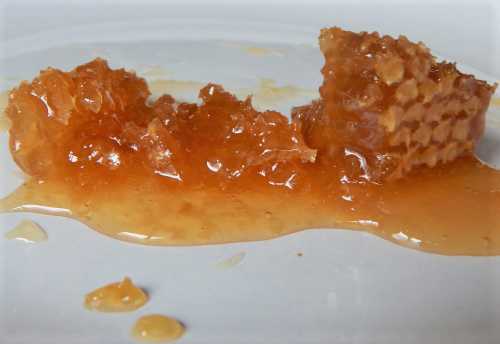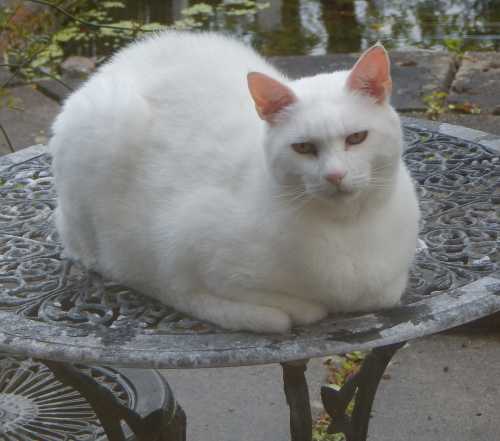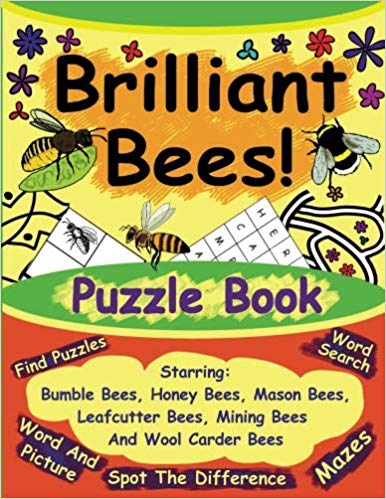Olga of Kiev – Mead As A Weapon
Olga of Kiev sought revenge for the murder of her
husband. During one part of her revenge
plot, it seems that she used mead in order to defeat her enemy’s army.
There are some versions of the story that say that the mead was poisoned by using ‘toxic honey’, and that the soldiers were incapacitated this way rather than merely through drunkenness.
So, what’s the story? Who was Olga of Kiev? Why did she seek revenge? How did she gain revenge? Where does honey or mead fit in the story?
How Olga Of Kiev Used Mead To Defeat Her Enemies
Olga of Kiev lived in the tenth century (she was born between 890 AD and 925 AD – it’s not certain!). She married Prince Igor of Kiev, and they had a son.
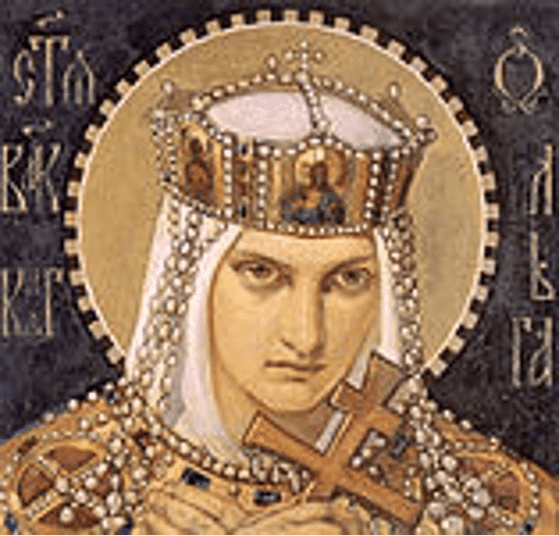 Nikolai Bruni [ru]'s Saint Grand Duchess Olga [ru] (1901)
Nikolai Bruni [ru]'s Saint Grand Duchess Olga [ru] (1901)Bruni: Russian painter & mosaicist (1856-1935)
They lived in an area known as ‘Kievan Rus’ – an area that included parts of modern-day Russia and modern-day Belarus and Ukraine.
It was a fairly loose confederation of people, ruled by the Rurik dynasty – founded by Rurik (Olga’s father-in-law). Geographically, it extended as far south as the Black Sea.
This is an area where Rhododendron ponticum grows, and it is known that honey made from nectar collected from this plant is toxic – sometimes called ‘mad honey’.
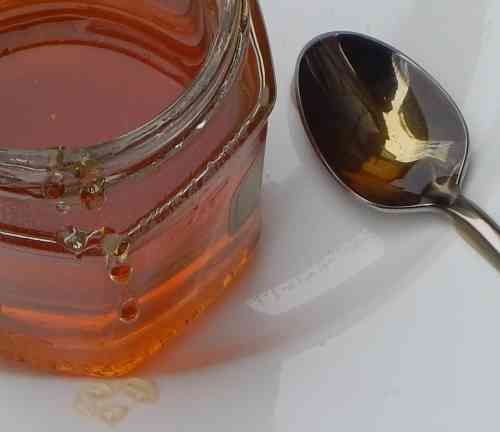
The problems started with conflict between the Kievan Rus and Drevlian people.
The Kievan Rus got the upper hand and forced the Drevlians to pay tribute (a sort of protection tax). It seems, however, that during the time Igor was in charge, the Drevlians stopped paying the tribute for some time, paying a local warlord instead.
Igor, determined to force the Drevlians to start paying again, went to their capital, Iskoresken. He was killed (apparently in a gruesome fashion), leaving Olga a widow with a three-year old son.
Hence, since her son was too young to rule, she became regent, ruling the country. Olga sought vengeance, and saw her opportunity in a ‘demand’ that she should marry Prince Mal – her husband’s murderer.
There were a number of components to her process of vengeance – including burying twenty Drevlian negotiators or diplomats alive, and burning alive another party of Drevlian emissaries in a bathhouse. However, it is the third stage that is related to honey.
She sent a request to Prince Mal (who seemed unaware of the demise of his previous emissaries!) asking that she visit Iskoresken to mourn her husband at the site of his death and hold a funeral feast.
At this point, there are two versions of the story. The most commonly quoted version states that she had sent instructions to the Drevlians to prepare great quantities of mead, which was consumed at the feast, but, having instructed her own men to remain sober they were then easily able to slaughter the 5,000 Drevlian soldiers who were all in a drunken stupor.
The second version is that Olga’s people took their own mead, which had been fermented from ‘mad honey’ – thus rendering the Drevlians both drunk and drugged! Either way, it went very badly for the Drevlians.
It is not known whether or not the mead was actually fermented from ‘mad honey’, but either way, mead played a significant part in the vengeance of Olga of Kiev.
As a postscript – after her defeat of the Drevlians, she converted to Christianity, and is a saint within the Eastern Orthodox Church!
